#basilan
Explore tagged Tumblr posts
Text
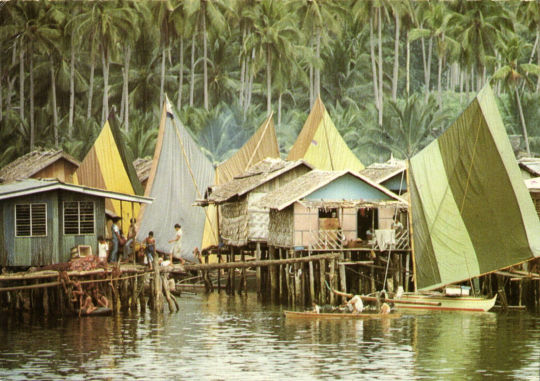
Badjao Village on Basilan Island, Philippines
Philippino vintage postcard
#vintage#philippines#tarjeta#briefkaart#postcard#photography#badjao#postal#carte postale#sepia#ephemera#island#philippino#historic#ansichtskarte#badjao village#postkarte#basilan#basilan island#village#postkaart#photo
8 notes
·
View notes
Text
MANILA, Philippines (AP) — Philippine forces killed an Abu Sayyaf militant, who had been implicated in past beheadings, including of 10 Filipino marines and two kidnapped Vietnamese, in a clash in the south, police officials said Friday.
Philippine police, backed by military intelligence agents, killed Nawapi Abdulsaid in a brief gunbattle Wednesday night in the remote coastal town of Hadji Mohammad Ajul on Basilan island after weeks of surveillance, security officials said.
Abu Sayyaf is a small but violent armed Muslim group, which has been blacklisted by the United States and the Philippines as a terrorist organization for ransom kidnappings, beheadings, bombings and other bloody attacks.
It has been considerably weakened by battle setbacks, surrenders and infighting, but remains a security threat particularly in the southern Philippines, home to minority Muslims in the predominantly Roman Catholic nation.
Abdulsaid, who used the nom de guerre Khatan, was one of several Abu Sayyaf militants who aligned themselves with the Islamic State group.
A confidential police report said that Abdulsaid had been implicated in at least 15 beheadings in Basilan, including of 10 Philippine marines in Al-Barka town in 2007 and two of six kidnapped Vietnamese sailors near Sumisip town in 2016. The Vietnamese were seized from a passing cargo ship.
He was also involved in attacks against government forces in 2022 and a bombing in November that killed two pro-government militiamen and wounded two others in Basilan, the report said.
Abdulsaid was placed under surveillance in February, but police forces couldn’t immediately move to make a arrest because of the “hostile nature” of the area where he was eventually gunned down, according to the report.
On Monday, Philippine troops killed the leader of another Muslim rebel group and 11 of his men blamed for past bombings and extortion in a separate clash in a marshy hinterland in Datu Saudi Ampatuan town in southern Maguindanao del Sur province, the military said.
Seven soldiers were wounded in the clash with the members of the Bangsamoro Islamic Freedom Fighters.
The Abu Sayyaf and the Bangsamoro Islamic Freedom Fighters are among a few small armed groups still struggling to wage a separatist uprising in the southern Philippines.
The largest armed separatist group, the Moro Islamic Liberation Front, signed a 2014 peace pact with the government that eased decades of sporadic fighting.
Moro Islamic Liberation Front rebel commanders became parliamentarians and administrators of a five-province Muslim autonomous region in a transition arrangement after signing the peace deal. They are preparing for a regular election scheduled for next year.
2 notes
·
View notes
Text
How Basilan voted in the 2025 elections
These are excerpts from a post published on June 10, 2025, at the author’s other blog, One Day Isang Bagay (ODIBa!) on Substack, as part of a series on the 2025 local elections. Check out the graphs and interactive maps in the full post: How Basilan voted in the 2025 elections Hello, mga kababayan! The battle to become Basilan’s top official in the 2025 elections, featuring two relatives of…
#2025 elections#2025 Local Elections#2025 Philippine elections#2025 Philippine local elections#Basilan#philippines
0 notes
Text

Paroakan or Parawakan Heritage breed of chicken popular among Muslim communities characterized by its long legs, elongated neck, and black feathers.
Type: Poultry Preparation: Any chicken preparation Region: Palawan, Sulu, Basilan, and other parts of Mindanao
#philippine produce#heritage ingredient#palawan#savory#poultry#paroakan#parawakan#sulu#basilan#mindanao
0 notes
Text
MALAYBALAY CITY (MindaNews / 10 December) – The Bangsamoro Parliament unanimously approved the Bangsamoro Indigenous Peoples Act (BIPA) of 2024 on its third and final reading during a special session on Tuesday, according to a press release from the regional legislative body’s Publication and Media Relations Division.
The law, which was passed with 63 votes in favor, zero against, and no abstentions, “has been recognized as a historic success in the region’s ongoing peace process and commitment to inclusive governance.”
BIPA recognizes the IP’s ownership over their ancestral domains, referred to as fusaka ingëd, and natural resources in these territories.
The press release quoted Ramon Piang, chair of the committee on Indigenous Peoples affairs as saying that the BIPA is an enhanced version of the Indigenous Peoples’ Rights Act, “specifically designed to meet the unique needs of the Bangsamoro’s indigenous population.”
Indigenous Peoples in the Bangsamoro Autonomous Region in Muslim Mindanao (BARMM) include the non-Moro IPs (Téduray, Lambangian, Dulangan Manobo, Erumanun Ne Menuvu, Higaonon, B’laan), and the Badjao, Sama Dilaut, Jama Mapun, Sama Bangingi, and Sama Pangutaran in the island provinces of Basilan, Sulu and Tawi-Tawi.
The Supreme Court, however, has ruled with finality on Sulu’s removal from BARMM. (MindaNews)
39 notes
·
View notes
Text

October 2, 2023 - White-eared Tailorbird (Orthotomus cinereiceps) Found on the islands of Mindanao and Basilan in the Philippines, these tailorbirds live in dense undergrowth in clearings and at the edges of forests. They eat small invertebrates, foraging in pairs. Little is known about their nesting habits, though they have been reported to breed in August and birds in breeding condition were found in April and May.
#white-eared tailorbird#tailorbird#orthotomus cinereiceps#bird#birds#illustration#art#tropical#birblr art
60 notes
·
View notes
Text
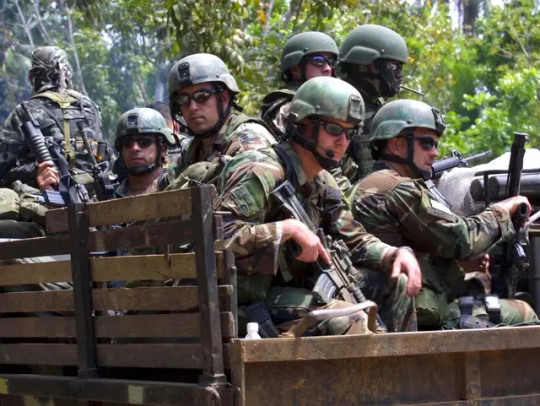
1st SFG members during the joint US-Philippine military operations against Abu Sayyaf terrorist group who had kidnapped two US missionaries. Basilan, Philippines 2002
8 notes
·
View notes
Text
Project 82
Abra Agusan del Norte Agusan del Sur Aklan Albay Antique Apayao Aurora Basilan Bataan Batanes Batangas Benguet Biliran Bohol Bukidnon Bulacan Cagayan Camarines Norte Camarines Sur Camiguin Capiz Catanduanes Cavite Cebu Cotabato Davao de Oro (Compostela Valley) Davao del Norte Davao del Sur Davao Occidental Davao Oriental Dinagat Islands Eastern Samar Guimaras Ifugao Ilocos Norte Ilocos Sur Iloilo Isabela Kalinga La Union Laguna Lanao del Norte Lanao del Sur Leyte Maguindanao del Norte Maguindanao del Sur Marinduque Masbate Misamis Occidental Misamis Oriental Mountain Province Negros Occidental Negros Oriental Northern Samar Nueva Ecija Nueva Vizcaya Occidental Mindoro Oriental Mindoro Palawan Pampanga Pangasinan Quezon Quirino Rizal Romblon Samar Sarangani Siquijor Sorsogon South Cotabato Southern Leyte Sultan Kudarat Sulu Surigao del Norte Surigao del Sur Tarlac Tawi-Tawi Zambales Zamboanga del Norte Zamboanga del Sur Zamboanga Sibugay
2 notes
·
View notes
Text
Storm Hawks Bird OC Challenge - January 2024
Happy belated new year everyone! The holidays kicked my ass work-wise, so this prompt is a little late, but I'm pleased to announce this month's bird! The Southern Silvery Kingfisher (Ceyx argentatus).
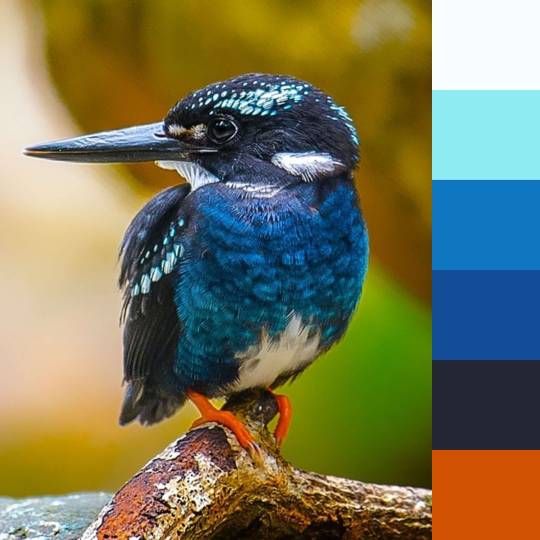
Sadly, this bird is near threatened due to habitat loss in the Phillipines. It's commonly found in lowland forests, streams and rivers in Mindanao and Basilan, and is differentiated from its northern counterpart by its bluish-white markings versus the more cream-coloured marks of the northern silvery kingfisher.
The deadline this month is Wednesday the 31st of January. As always, rules are below the cut.
Minimum requirements for drawn entries to be put in the winner’s vote are a name, occupation, the character’s home/birth Terra and at least one paragraph (or about 100 words) of written backstory.
Minimum requirements for written (i.e. written dossiers without art, or mini-fics for the character) are 500 words including backstory and appearance. Feel free to make a mini-fic out of this challenge, I’ll make sure to link it with the final collage as well.
You’re not expected to create a character from scratch for this challenge. If you’ve got an older character concept that’s been collecting dust or that you’d like to take the opportunity to revamp, feel free! The goal of this challenge is to inspire people.
Collaborations are allowed! Same rules apply, the only addition is that you and your partner(s) just need to make note of who was responsible for what part of the character.
Make sure to tag me in your entries and also DM me with a link to your entry. Tumblr is not always reliable about notifications for this sort of thing, and I don’t want to risk missing anyone’s entries, so better safe than sorry.
The group collage of entries, and the (possible) winner’s vote are opt-in. Participation of those parts of this challenge are not mandatory.
#op#storm hawks#storm hawks oc challenge#oc challenge#storm hawks oc contest#bird oc challenge#storm hawks bird oc challenge#storm hawks oc#southern silvery kingfisher#prompt post
7 notes
·
View notes
Text
creature of the day #1!
today's favorite funky friend is the bleeding heart pigeon! or, Luzon bleeding-heart~
their scientific name is Gallicolumba luzonica and they are apart of the family Columbidae(which is a family which consists of doves and pigeons!)

these funky fellahs are a near threatened species which usually only lay a single egg during june. sadly, because they are endangered there isn't too many to study, but! there has recently been a push to create a breeding project to keep their numbers healthy!(link)
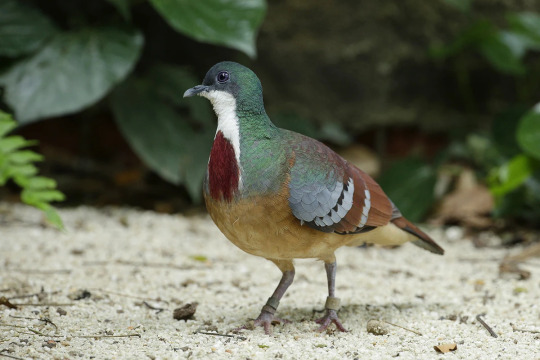
hower, pushing past that-- these are grey birds with iridescent feathers which give it a green-blue appearance in the correct light! in fact, you can see it in the little fellah above! another fun quirk is their red splotch on their chest, something which was the inspiration for their name!
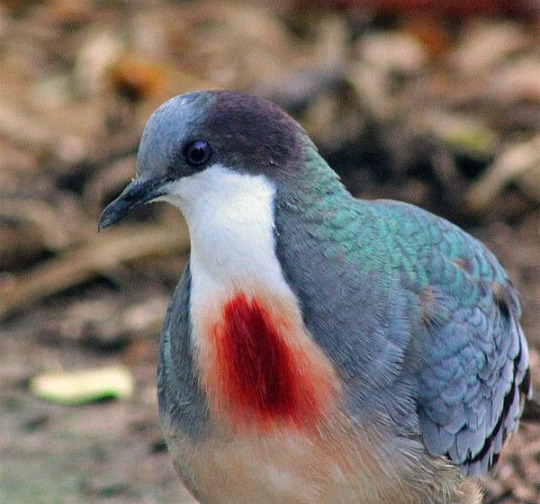
here's a better look at it if anyone was curious!
currently, these guys are almost all in captivity but, they used to live in the Philippine Islands of Samar(link), Leyte(link), Basilan(link), Mindanao(link), Bohol(link), and Dinagat(link)!
these critters are shy creatures who tend to run from anything it deems dangerous! they tend to prefer being on the ground, only flying to branches when nesting or escaping from danger!
they primarily forage on the forest floor eating berries, seeds, worms and insects! although, in captivity, they tend to be fed grains, parakeet feed and greens!
also, the babies look so dumb

however sadly, that's all the info we know on these happy guys :)
8 notes
·
View notes
Text
Filipino traditional costumes are diverse and vary across different regions of the Philippines. Here are some examples:
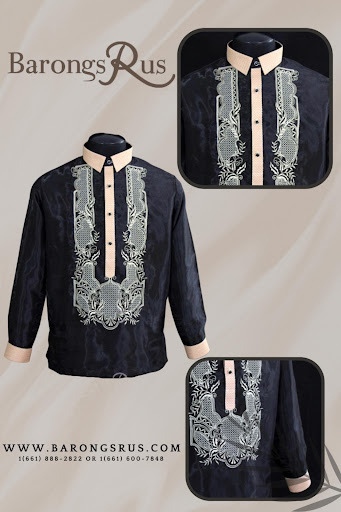
Barong Tagalog: The Barong Tagalog is a formal shirt-like garment for men, often worn at special occasions and events. It is made from lightweight fabrics like piña (pineapple fibers) or jusi (banana fibers) and is known for its intricate embroidery. The Barong Tagalog is typically worn untucked over a plain undershirt.
Maria Clara Dress: Named after a character in Dr. Jose Rizal’s novel “Noli Me Tangere,” the Maria Clara dress is a traditional gown for women. It features a flowing skirt and butterfly sleeves, often made from lightweight fabrics like piña or jusi. It’s commonly worn during formal events and occasions.
Terno: The terno is an iconic Filipino formal gown for women. It features a distinctive butterfly sleeve, which can vary in size and design. The terno is often worn at prestigious events and was even popularized by former First Lady Imelda Marcos.
Ilocano Attire: In the northern region of Ilocos, both men and women wear traditional outfits. Men wear a striped woven shirt called “inabel” or “baro’t saya,” while women wear a wrap-around skirt called “patadyong” along with a matching blouse.
T’boli Attire: The T’boli people from Mindanao have unique traditional clothing. Women wear intricately designed blouses and skirts adorned with vibrant colors and patterns. They also wear heavy beadwork and accessories.
Ifugao Attire: The Ifugao people from the Cordillera region wear distinctive attire. Men often wear a loincloth called “wanes” and a wrap-around skirt called “tapis.” Women wear wrap-around skirts and intricately woven tops.
Maguindanao Attire: The Maguindanao people from Mindanao have ornate traditional clothing. Men wear a long-sleeved shirt called “kandit,” while women wear a blouse and a wrap-around skirt called “malong.”
Yakan Attire: The Yakan people from Basilan have vibrant and colorful woven fabrics. Women often wear a “sablay” or “blouse” paired with a “sambayang” or wrap-around skirt.
Mangyan Attire: The Mangyan indigenous groups from Mindoro have distinct clothing. Women wear “tapis,” a wrap-around cloth, and men wear a loincloth called “baag.”
Kalinga Attire: The Kalinga people from the Cordillera region are known for their body tattoos and traditional clothing. Women often wear a “lufid” or wrap-around skirt along with intricate beadwork.

These examples represent just a fraction of the rich variety of traditional costumes in the Philippines, each reflecting the culture, history, and unique heritage of different regions and indigenous communities.
#barongtagalog#philippines#barongs#philippine culture#custommadebarongtagalog#filipinopride#madeinthephilippines#filipinoculture#filipinowedding#pinoy#baro’t saya#basketball#Custommadebarongtagalog#weddingbarong#kimonadress#FilipinianaGown#pineappleindustries
3 notes
·
View notes
Text
Batının iki yüzlülüğü her birimiz nasıl mücadele edebiliriz? Bu vahşi düzen artık yıkılmalı
Dünyanın başına ne geliyorsa, doymayan, kendinden başka kimseye yaşam hakkı tanımayan batının pervarsızlığı yüzünden geliyor. KARŞILIKSIZ BASILAN KAĞIT PARÇASI Kurdukları faiz sistemiyle milletleri köleleştirdiler. Kurdukları dolarizasyon sistemiyle, karşılıksız bastıkları kağıt parçasını dünyanın efendileri yaptılar. Ekonomi bilimcilerini, sahte bir balonun peşine taktılar, kendi…
0 notes
Text
Sabong: The Exciting Tradition of Sabong sa Pilipinas
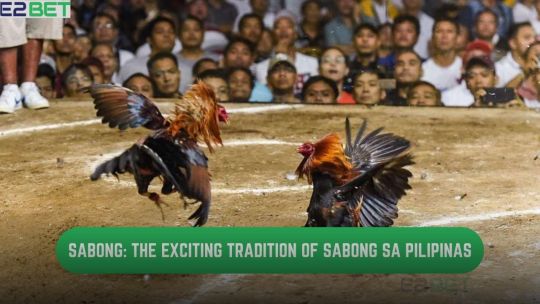
Tuklasin ang kapanapanabik na tradisyon ng sabong sa Pilipinas—isang masiglang libangan na malalim ang ugat sa kulturang Filipino, na pinagsasama ang isport, aliwan, at pagkakaisa ng komunidad.
Ang sabong ay nag-aalok ng kakaiba at kapanapanabik na karanasan na malalim na nakaugat sa kulturang Pilipino. Ito ay isang matagal nang tradisyon at isang minamahal na pambansang libangan sa Pilipinas.
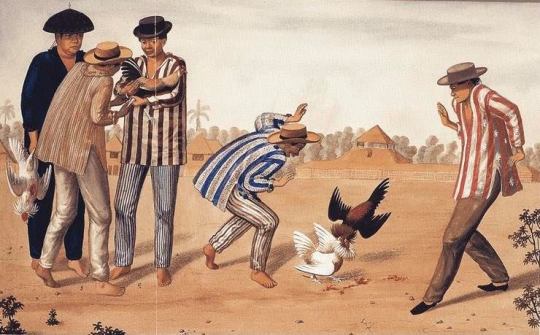
Sa bawat lungsod, lalawigan, bayan, at halos bawat barangay sa Pilipinas—mahigit 42,000 sa kabuuan—ang mga sabong derby at laban ng mga tandang ay nananatiling pangunahing libangan. Ang industriya ay lumago na sa isang malaking negosyong nagkakahalaga ng P50 bilyon, na kinabibilangan ng humigit-kumulang 10 milyong kalahok.
Hindi lamang ito isang libangan, ang sabong ay isang kombinasyon ng isports, aliwan, at pagsusugal, na pinagsama-sama sa isang kapanapanabik na tradisyon.
Mga Uri ng Sabong
Mayroong dalawang pangunahing uri ng sabong: gaffed at ungaffed. Sa sabong sa Pilipinas, ang gaff ay tinatawag na “tari,” isang matalim na talim na karaniwang may habang dalawang pulgada.
Ang Uri ng Ungaffed
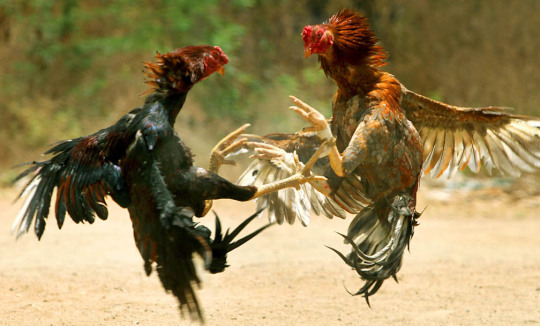
Sa ganitong estilo, hindi ginagamit ang mga gaff kaya mas ligtas dahil walang manok na namamatay. Karaniwan itong laban ng dalawang tandang kung saan pinapayagan ang pustahan. Maraming kalalakihan at mga bata sa Pilipinas ang nasisiyahan sa panonood nito—kasama na ako. Paminsan-minsan, may tinatawag na “karambola,” isang labanan ng maraming tandang na napaka-exciting.
Sa mga laban na walang pustahan, nagpapatuloy ang sabong hangga’t pinapayagan ng mga sabungero o hanggang sa tumakbo ang isa sa mga tandang.
Ang ungaffed sabong ay paraan din ng mga sabungero para subukan ang tibay at tapang ng kanilang mga tandang. Kapag mabilis tumakbo ang tandang, kadalasan ito ay nagdudulot ng saya at ginhawa sa asawa at mga anak ng sabungero.
Sa kabilang banda, ang mabilis, malakas, at matapang na tandang ay nagiging alagang paborito ng sabungero para sa karagdagang pag-aalaga at pagsasanay. Minsan, naiirita ang asawa kapag mas binibigyan ng pansin ng kanyang asawa ang tandang kaysa sa kanya. Ngunit may ilan ding asawa na mas gusto ang ganitong atensyon ng kanilang mga asawa sa tandang kaysa sa ibang babae.
Noong dekada 60 at mas nauna pa, karaniwang ginagawa ang pustahang ungaffed sa Mindanao. Sa mga probinsya ng Basilan, Sulu, at Tawi-Tawi, tinatawag ito ng mga Filipino Muslim sabungero na “parawakan.” May mga “parawakan” na tandang na galing pa sa Indonesia at Malaysia.
Nakita ko mismo ang ilang laban ng “parawakan” nang naka-assign ako sa katimugang Pilipinas bilang isang Marine noong dekada 70. Masasabing matibay talaga ang mga tandang “parawakan” kaya mas tumatagal ang laban.
Uri ng Gaffed

Ang ganitong uri ng sabong ay gumagamit ng matulis na talim na tinatawag na “tari,” na karaniwang nakakabit sa kaliwang paa ng tandang. Sa bihirang pagkakataon, ginagamit ang kanang paa para sa gaffing, ngunit ito ay ginagawa lamang kapag malinaw na pinagkasunduan ng magkabilang sabungero.
Napakapopular ng gaffed sabong sa buong Pilipinas. Tuwing Linggo, isinasagawa ang mga sabong sa mga sabungan sa buong bansa. Sa Metro Manila naman, may laban araw-araw, kaya’t madali para sa mga tagahanga na lumipat-lipat sa iba’t ibang sabungan sa lungsod.
Hindi Nasusulat na Alituntunin ng mga Sabongero: Isang Natatanging Uri ng mga Lalaki
Ang mga sabongero, isang kakaibang grupo ng mga Pilipinong lalaki, ay kilala sa kanilang katapatan at dangal—kapwa sa kanilang personal na buhay at sa laro ng sabong. Hindi sila nandaraya sa sabong, at hindi rin nila niloloko ang kanilang mga asawa dahil natatakot sila sa ‘malas’ (masamang kapalaran) na pinaniniwalaang dala ng panlilinlang. Ang matibay na pagpapahalagang ito ang nagpanatili sa sabong bilang isang respetadong tradisyon sa Pilipinas sa loob ng maraming taon.
Sa loob ng sabungan, sa kalsada, o sa bakuran, nagpapakita ang mga kalahok ng malalim na paggalang sa isa’t isa. Ang mga talong mananaya ay palaging tumutupad sa kanilang bayarin nang walang reklamo, at ang mga tagapag-alaga o gaffer ay tinatanggap ang pagkatalo nang may dangal.
Among them are the so-called ‘kristo’ or ‘masiador’—bookmakers with an extraordinary memory who record the various bets and locations of the bettors. When a bet loses, the kristo collects the money from the sponsors and carefully distributes it to the winners. The losing bettors promptly fulfill their obligation, sometimes even throwing crumpled pesos into the air at the kristo, who skillfully catches them.
Ang hindi nasusulat na alituntuning ito ng katapatan at respeto ang bumubuo sa kultura ng sabong at nagpapanatili ng dangal at buhay na tradisyon nito.
Pangwakas
Cockfighting is a unique Filipino pastime that provides an exciting experience with a special group of men. It combines passion, sport, and gambling into a vibrant tradition guided by strong and unwritten principles of honesty and integrity.
Ang isport na ito ay isang mahalaga at malalim na nakaugat na bahagi ng kulturang Pilipino, na nagpapakita ng respeto at pagkakapatiran sa mga kalahok.
Para sa mga may pananaw sa negosyo, ang sabong ay isang umuunlad na industriya na nagkakahalaga ng P50 bilyon at patuloy na lumalago nang walang pag-urong.
#sabong#patrick sabongui#cockfighting in philippines#cock fight#cockfighting#SabongPilipinas#SabongTips#TariFight
0 notes
Link
1 note
·
View note
Text
The flag of Bangsamoro Autonomous Region of Muslim Mindanao
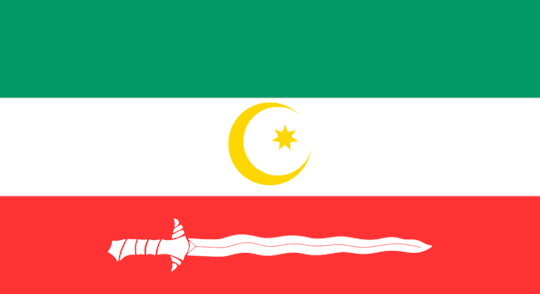
Green (top side) reflects the Islamic teachings and principles that majority of the population subscribe to.
White (middle) signifies peace, sakina (tranquility) and righteousness.
Red (bottom side) symbolizes the blood of the fallen mujahideen who fought for the recognition of identity and self-determination of the Bangsamoro.
Crescent symbolizes the principles that guided the Bangsamoro who struggled for self-determination.
7-Rayed Star represents the five (5) provinces of Maguindanao, Lanao del Sur including the City of Marawi, Basilan including the City of Lamitan, Sulu, Tawi-Tawi, the City of Cotabato, and the 63 barangays erstwhile part of North Cotabato that compose the Bangsamoro territory.
Kris symbolizes the protection and resistance of the Bangsamoro and other Indigenous People in the Bangsamoro territory against oppression, tyranny and injustice.
— Atty. Laisa Alamia, Bangsamoro Transition Authority
January 21, 2019 marks the creation plebiscite for the Bangsamoro Autonomous Region of Muslim Mindanao. The only autonomous region in the Republic of the Philippines, this came after decades of violence from militant Bangsamoro groups in response to waves of dispossession, massacres, discrimination, and other ill treatment at the hands of the Philippine state throughout the 20th century.
13 notes
·
View notes